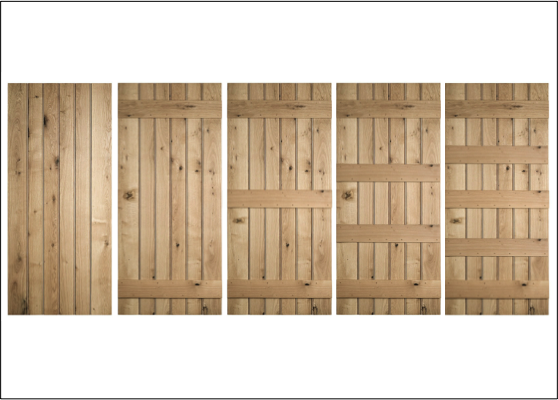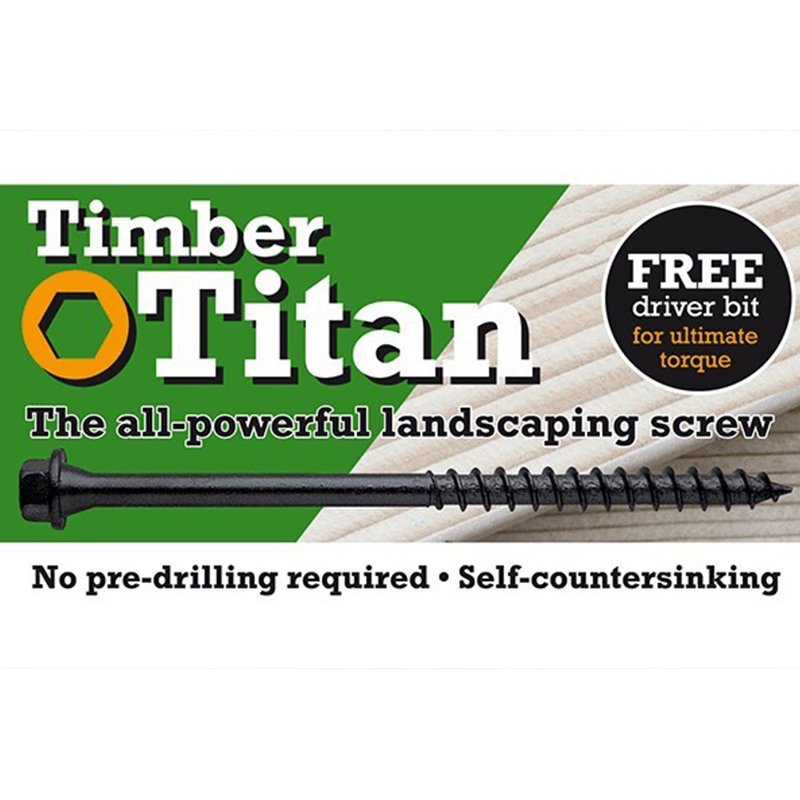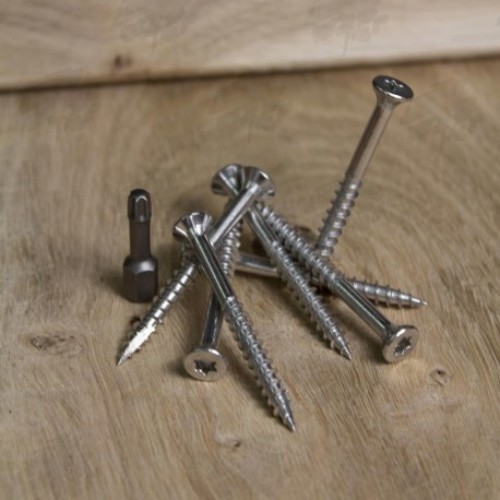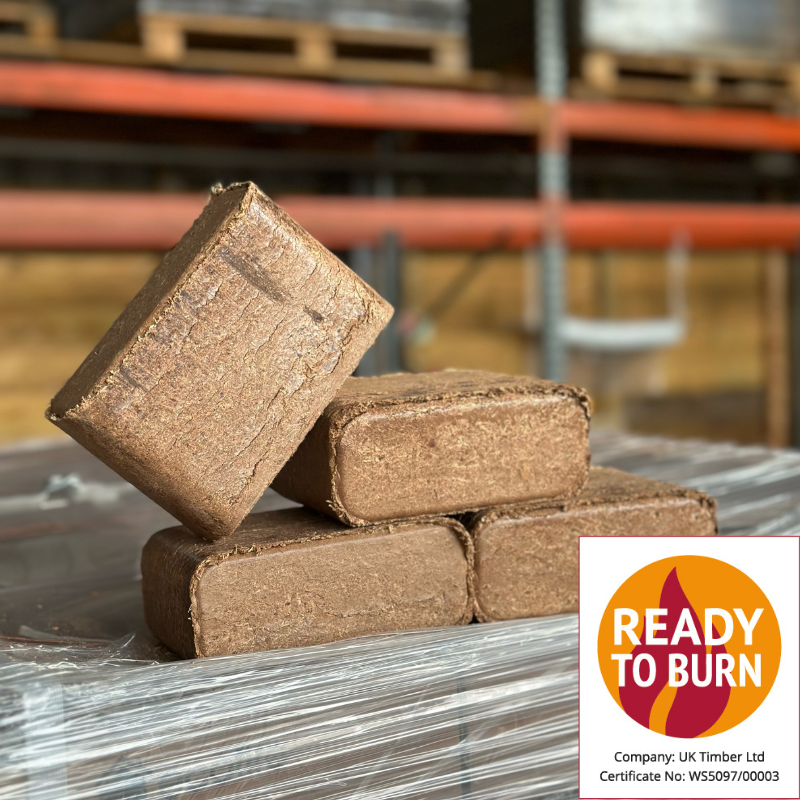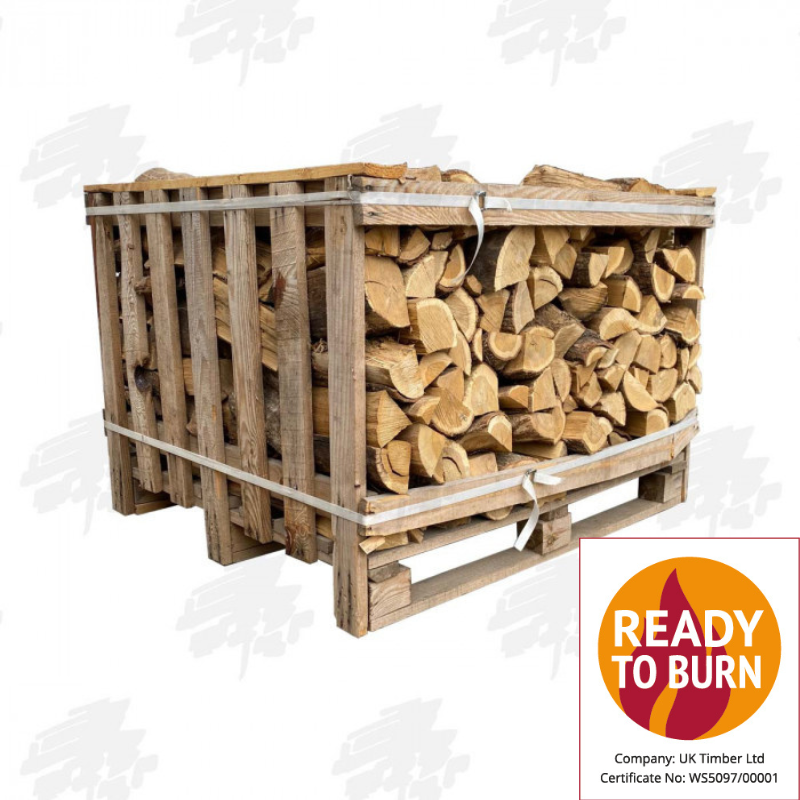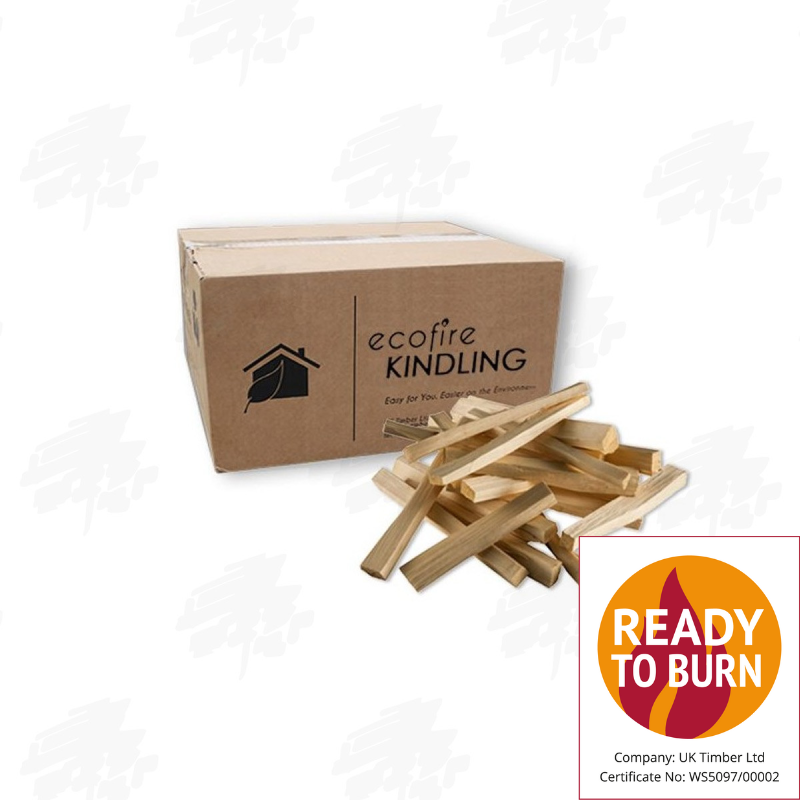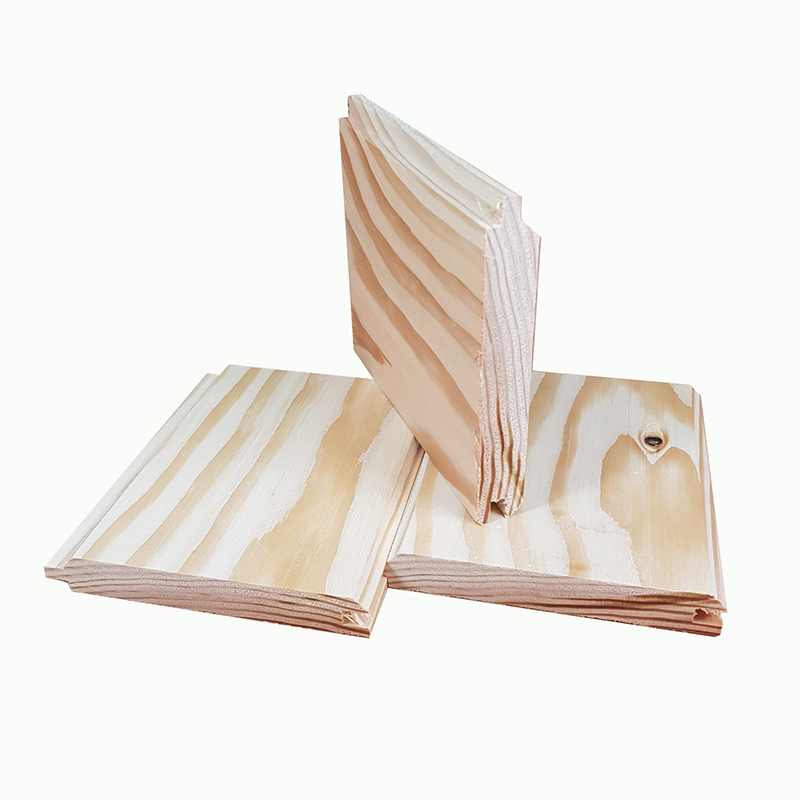Which Type of Profile is Best for Skirting Boards?
-
Railway Sleepers
-
Welcome to the New Look UK Sleepers Website
We're offering the same great range of products with a better user experience
Order Online 24/7 with delivery straight to you door!
-
-
Raised Bed Kits, Decking, Pergola Kits & Components
-
Raised Bed Kits, Decking, Pergola Kits & ComponentsFeatured Products
View our range of Pergola KitsBrowse our pergola kits, there is something for every need!
-
-
Sawn To Size - Custom Cutting
-
Sawn To Size - Custom CuttingWelcome to the New Look UK Sleepers Website
We're offering the same great range of products with a better user experience
Order Online 24/7 with delivery straight to you door!
-
-
Timber Cladding
-
Timber Cladding
Take a look at our wide range of timber cladding, in all manner of sizes, materials and profiles.
-
-
Beams, Boards & Structural Timber
-
Beams, Boards & Structural TimberFeatured Products
Beams, Boards and Structural TimberBrowse our range of boards, beams and other structural timber. Avaiable in Oak, Larch and Douglas Fir.
-
-
Handcrafted Gates, Gate Posts & Fencing
-
Handcrafted Gates, Gate Posts & FencingFeatured Products
-
-
Hardwood Flooring, Doors & Joinery
-
Hardwood Flooring, Doors & JoineryFeatured Products
Hardwood Flooring, Doors & JoineryLook at our wide range of Hardwood Flooring, Solid Wood Doors and Joinery products. Available in many materials and finished to get the aesthetic you desire.
-
-
Fixings & Treatments
-
Fixings & TreatmentsFeatured Products
Fixings & TreatmentsBrowse our range of fixings and treatments, with options to suit all the timber we offer.
-
-
Renewable Fuels
-
Renewable FuelsFeatured Products
Renewable FuelsWe have a large range of renewable fuels to choose from, including Wood Briquettes, Kiln Dried Firewood, Kindling and an assortment of firelighters.
-
-
Offers & Specials
-
Welcome to the New Look UK Sleepers Website
We're offering the same great range of products with a better user experience
Order Online 24/7 with delivery straight to you door!
-
- Our Products
- All Railway Sleepers
- Sleepers
- Raised Bed Kits, Decking, Pergola Kits & Components
- Timber Cladding
- Structural and Building Timber
- Handcrafted Gates, Gate Posts & Fencing
- Hardwood Flooring, Doors and Joinery
- Fuels
- Fixings and Treatments
- Other Pages
- Sawn to Size - Custom Cutting
- Offers & Specials
- Sleeper Grades Explained
- Oak Beam Grades Explained
- Timber Shipping Costs
- Payment Information
- Terms & Conditions
- About Us
- Find Us
- Contact Us
- Register For News & Offers
News
Which Type of Profile is Best for Skirting Boards?
Which Type of Profile is Best for Skirting Boards?
When it comes to fitting new skirting boards in your home, one of the biggest decisions is which profile to choose. The profile refers to the shape and design of the visible edge of the skirting board. There are several common skirting board profiles to consider, each with their own aesthetic appeal.
Ogee Profile
An ogee profile has an elegant S-shaped curve along the top edge. It creates a soft, decorative finish that works well in both traditional and contemporary interiors.
Pros
- The rounded contours add visual interest and a refined, upscale look.
- Ogee skirtings complement mouldings with other curved elements like cornices.
- The fluid shape makes them popular in living spaces like lounges and dining rooms.
Cons
- The curved shape can make cutting and installing ogee skirtings slightly trickier.
- The decorative look may not suit very modern, minimalist rooms.
Chamfered Profile
Chamfered skirting has a flat, sloping profile bevelled at an angle along the top edge. It has a timeless, understated look.
Pros
- The angled chamfer adds subtle definition without being ornate.
- Straightforward to fit as it has crisp, defined edges.
- Its simple style works in both modern and period homes.
Cons
- Some may find the flat chamfered profile a little plain compared to decorative types.
- Mitred joints are more noticeable with the flat edges.
Torus Profile
Torus skirtings have a rounded, concave shape cut along the visible top edge. Of all the profiles, this has the softest appearance.
Pros
- The curved shape is understated yet still decorative.
- Its fluid, rounded contours are easy on the eye in living spaces.
- Works effectively in both new builds and renovations.
Cons
- The rounded edges make it a little trickier to fit neatly into corners.
- May look a little too understated for ornate, classically styled rooms.
Bullnose Profile
As the name suggests, bullnose skirting has a rounded, convex shaped edge rather than a concave one.
Pros
- The curved edge adds interest without being ornate.
- Its simple, distinctive shape suits both modern and traditional homes.
- Easier to fit neatly into corners than fully rounded profiles.
Cons
- Bullnose lacks the more refined look of ogee profiles.
- The exposed edges show any imperfect mitred joints.
Square-edged Profile
True to its name, this skirting board has an ultra-straight, square-cut visible edge. The most minimalist profile available.
Pros
- Clean lines suit contemporary, Scandinavian-style décor.
- Easier to neatly mitre corners than decorative profiles.
- Paint or wood grain shows clearly on the flat profile.
Cons
- The pared-back look lacks ornamentation for traditional styling.
- Can look very stark and plain, lacking design detail.
When choosing your skirting profile, take your overall interior design into account. Decorative ogee or torus profiles suit ornate, classically styled rooms. Sleek, minimalist interiors call for a more understated square-edged or chamfered profile. If you want a middle ground - some shape without fussiness - a simple bullnose could work well.
There’s not a universally “best” skirting profile. The right choice comes down to finding a style that suits your interior décor and general taste. Focus on choosing a profile that complements the furnishings, finishes and overall aesthetic you want to create. With some thoughtful consideration of the room on your part, you’ll discover the perfect profile for deep skirting boards for your home.
Click below to view our range of skirting boards
Use our chat on the right, or contact us
or send us an email at
sales@uksleepers.co.uk.

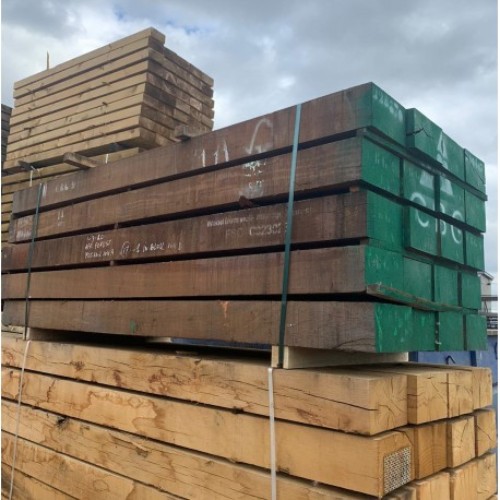
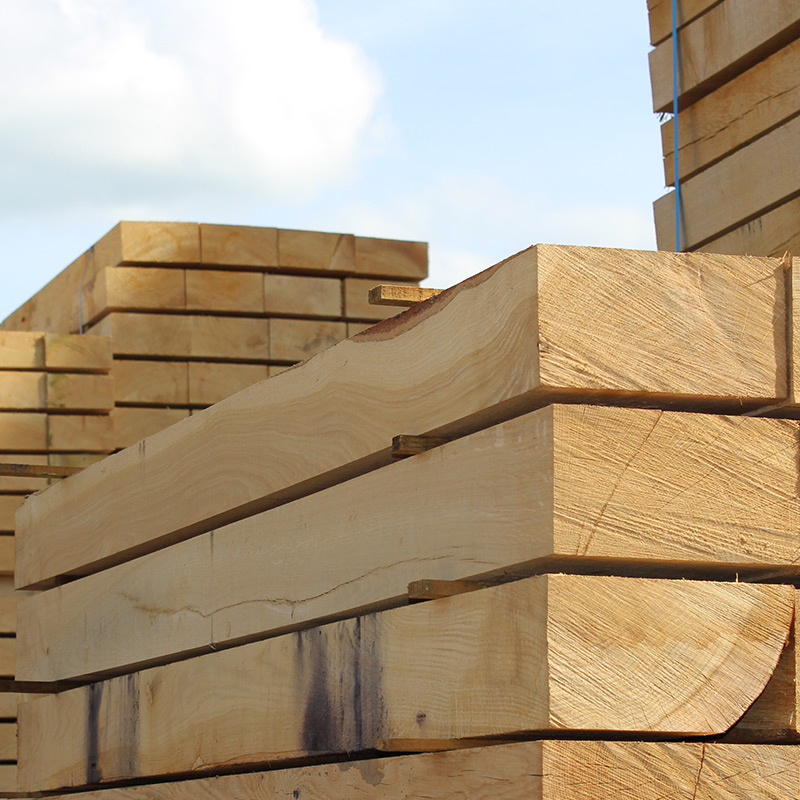
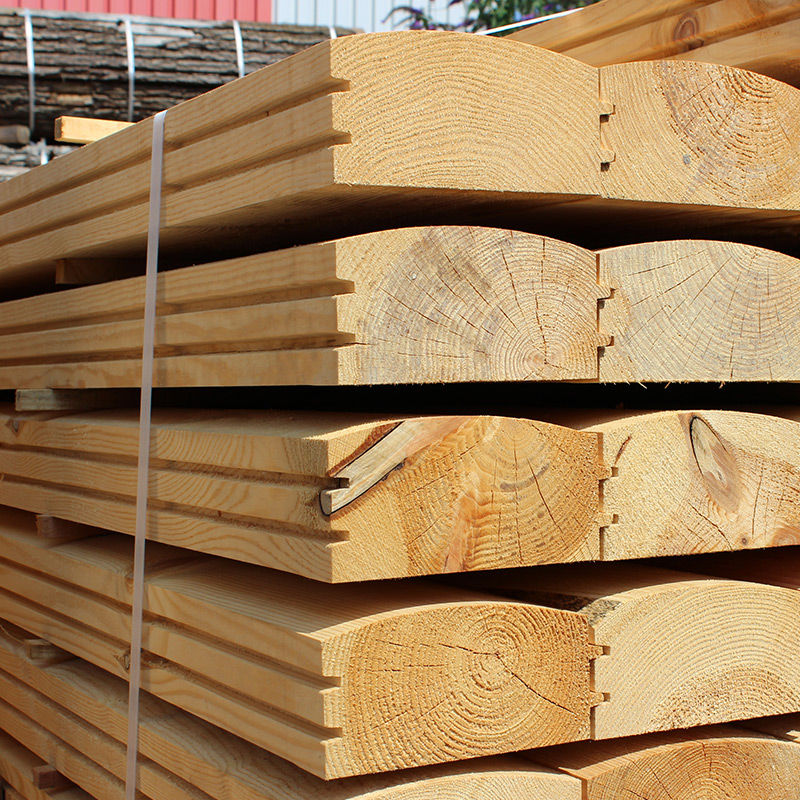
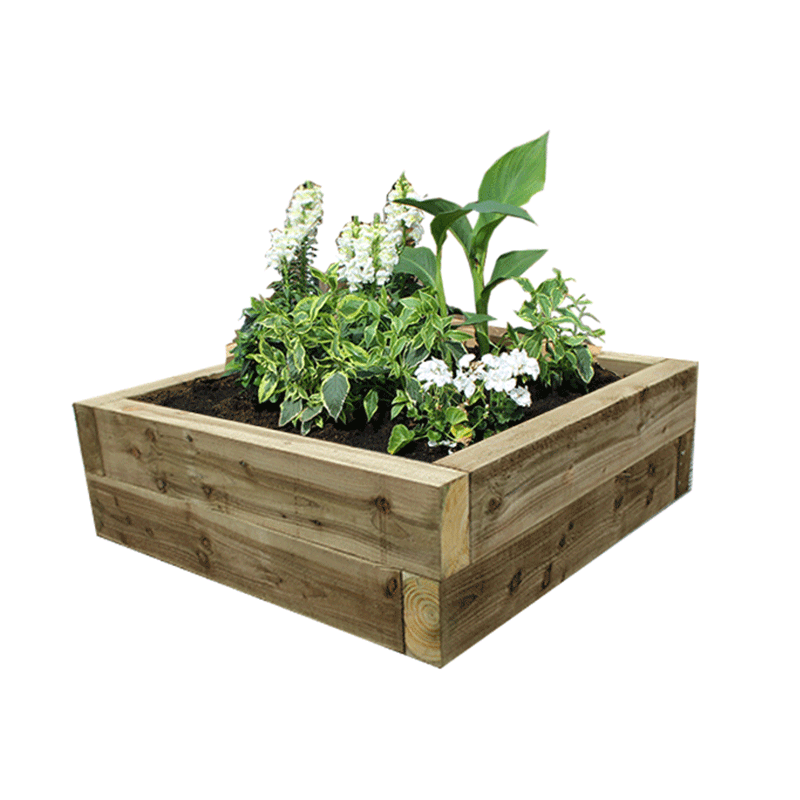
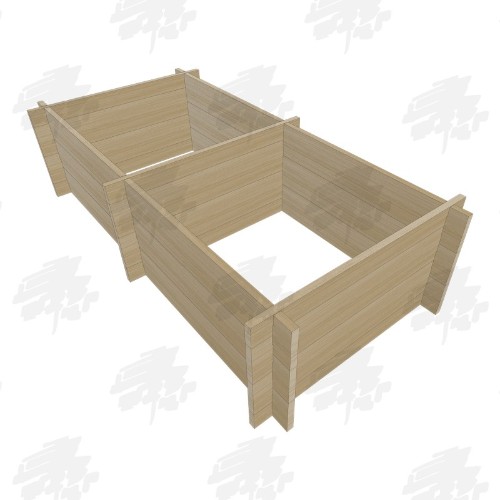
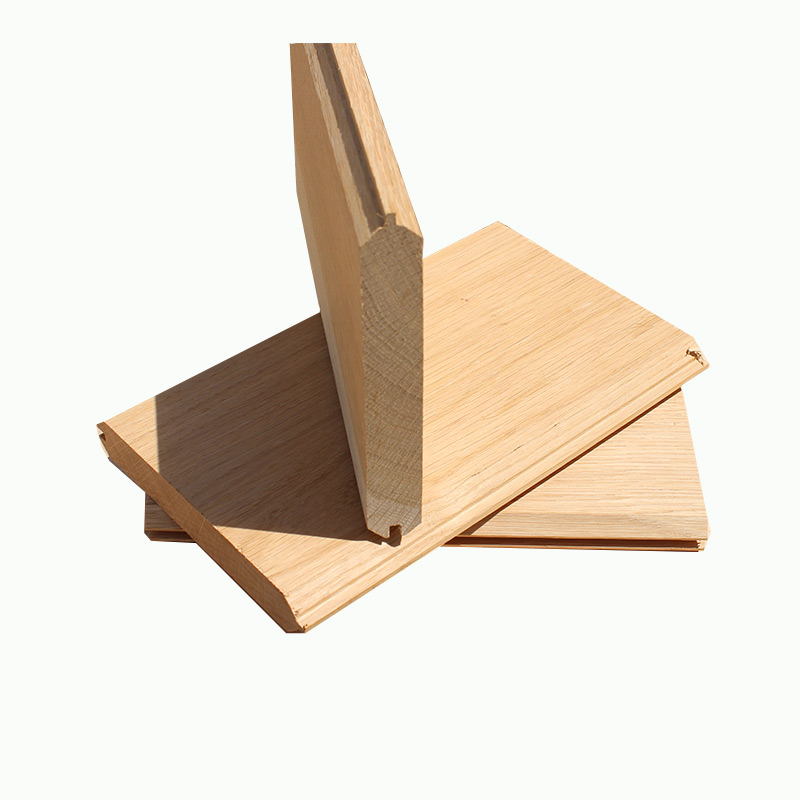
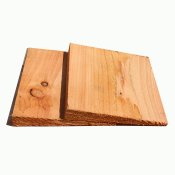
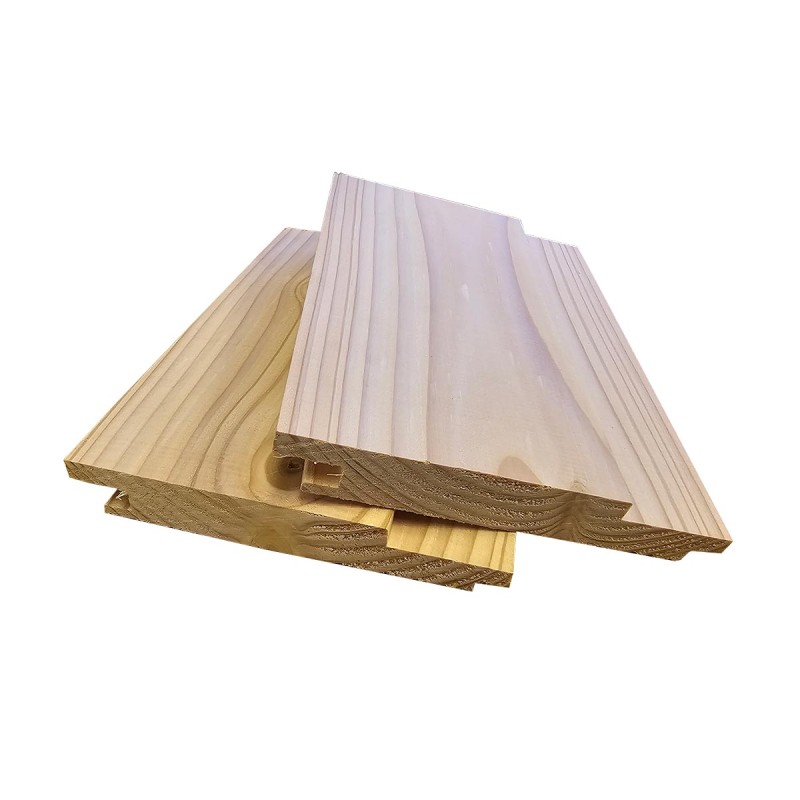
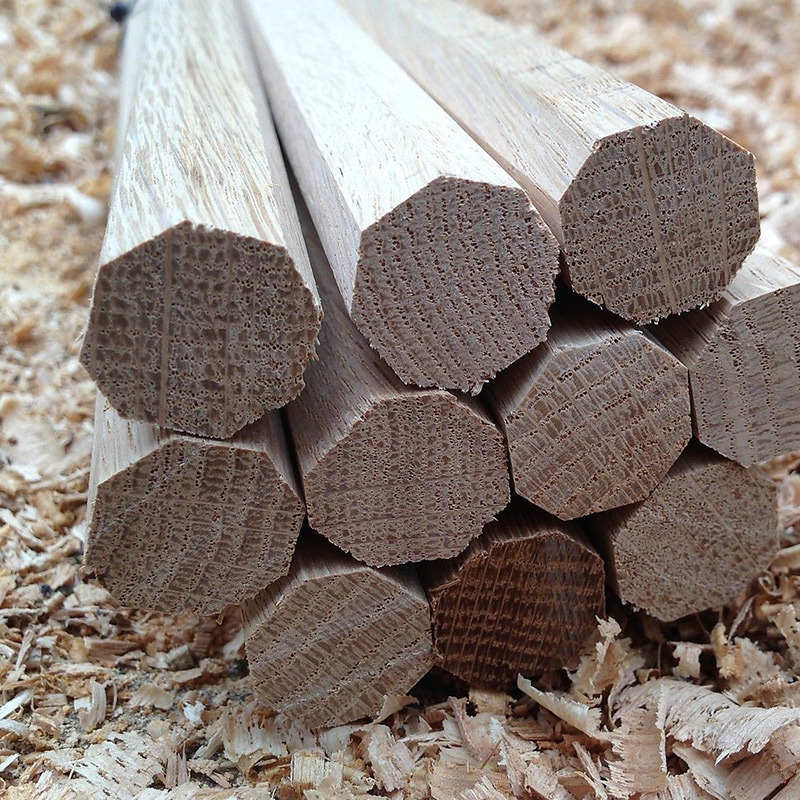
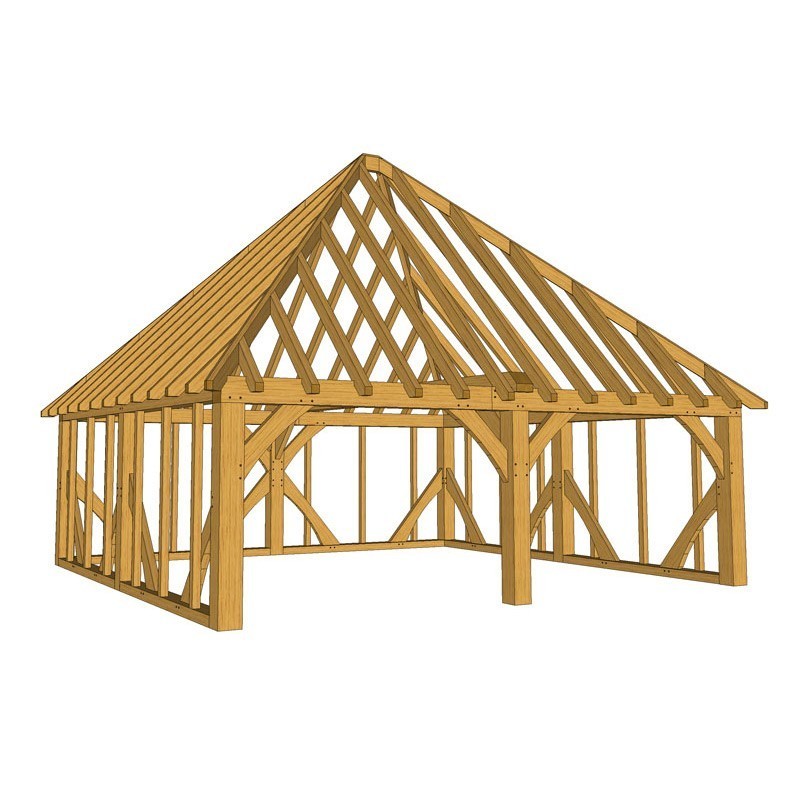
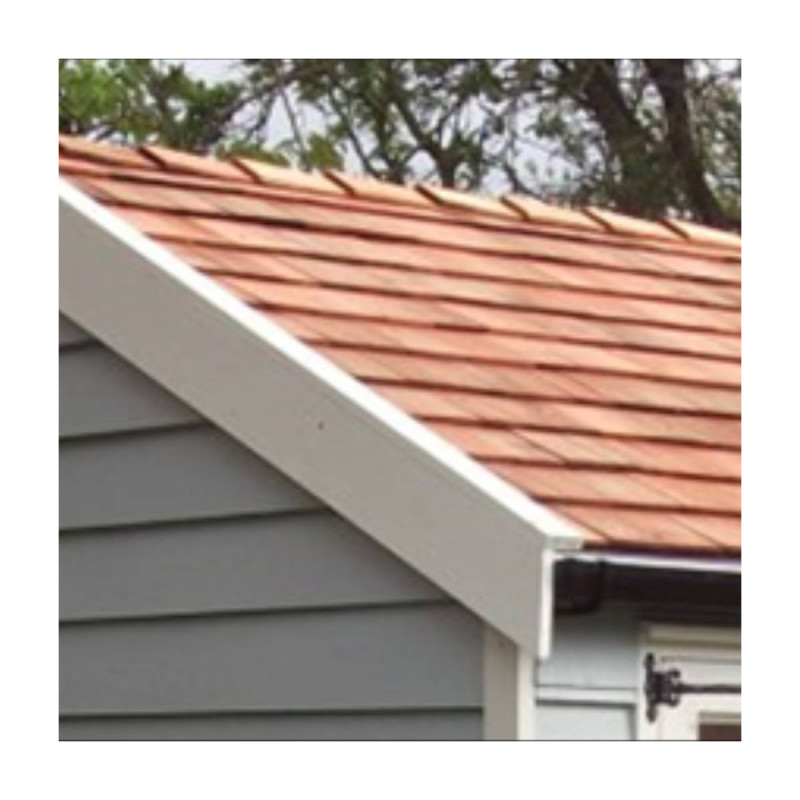
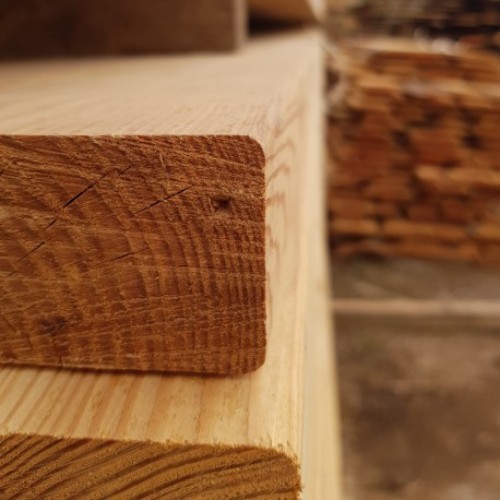
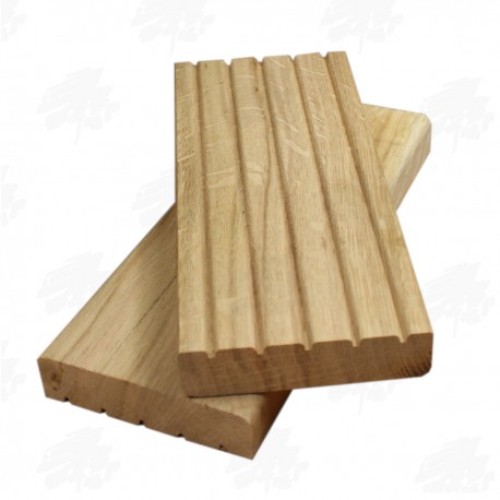
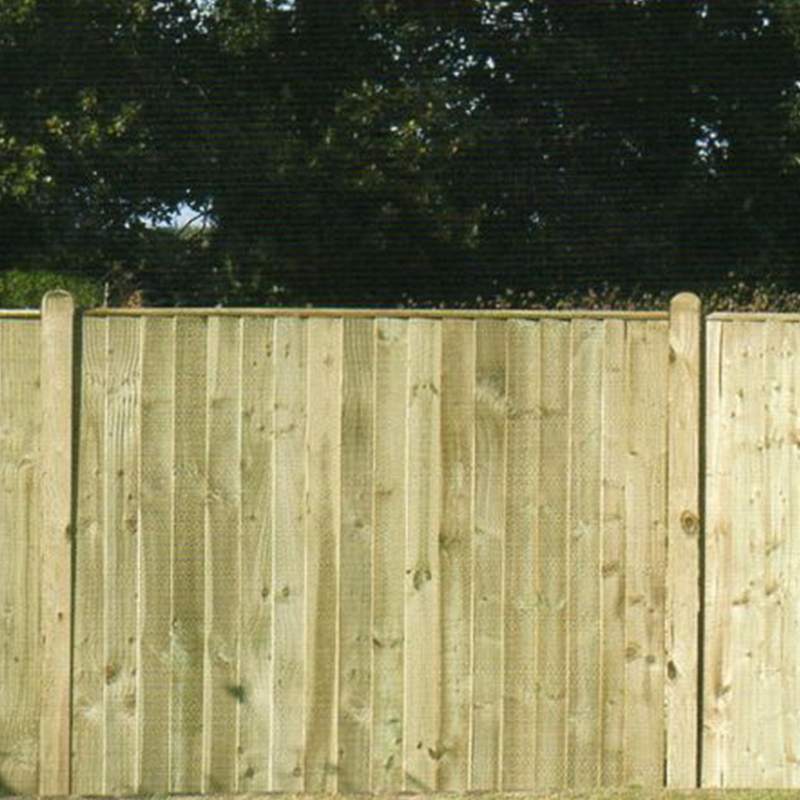
.jpg)
